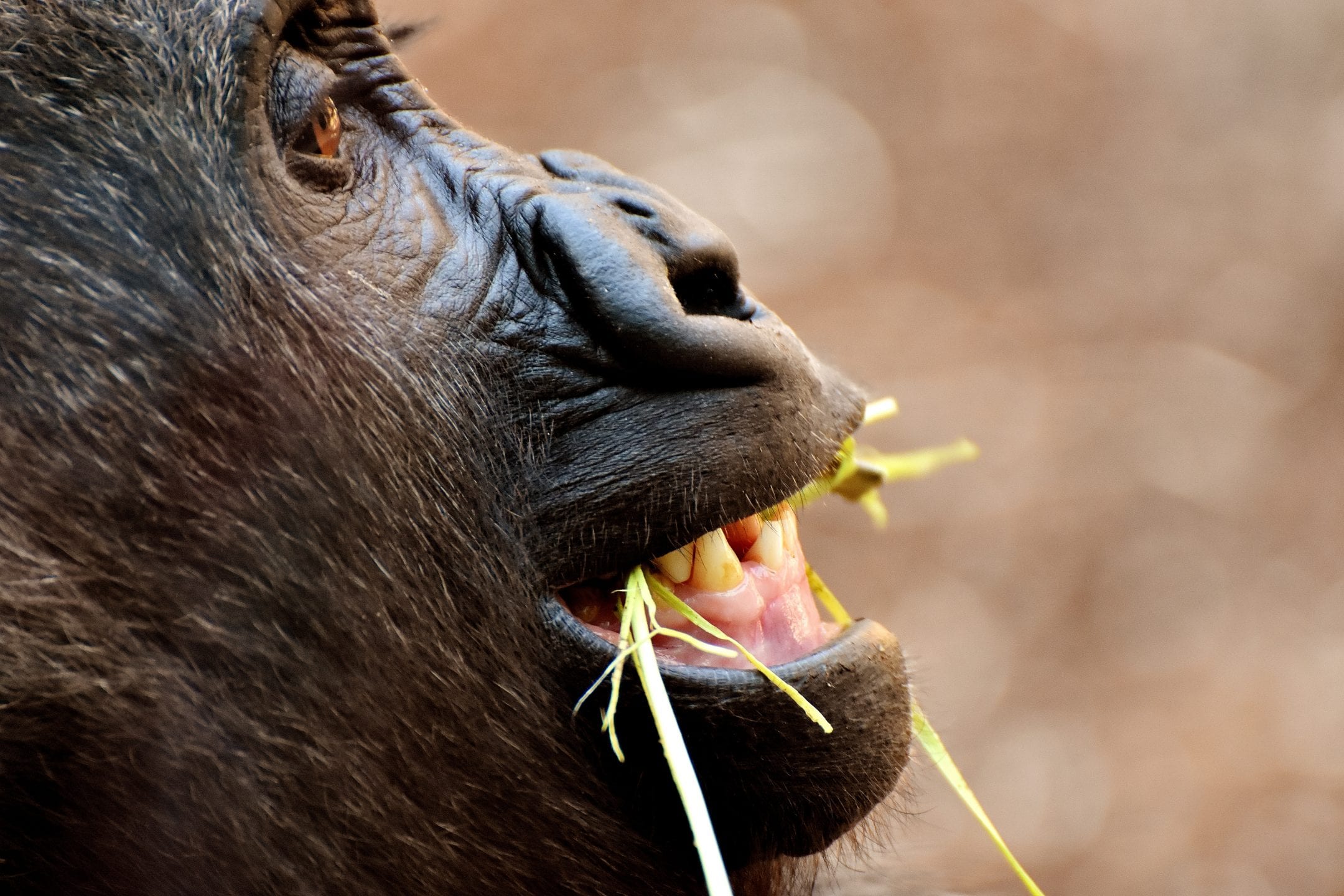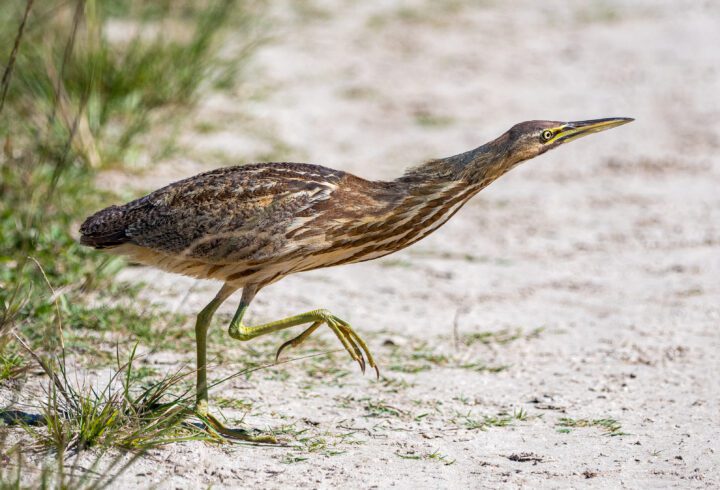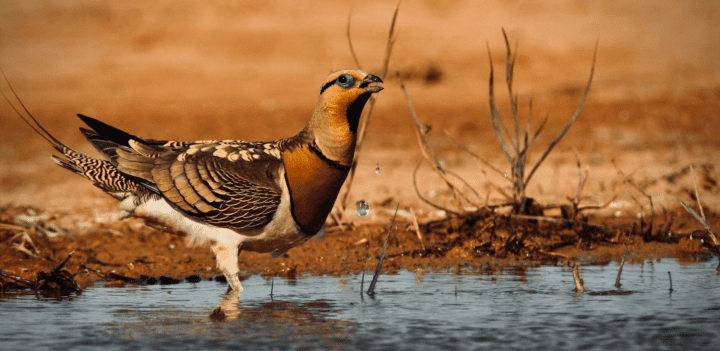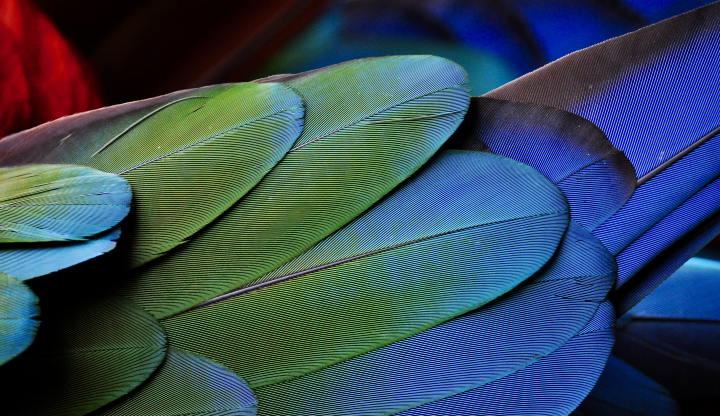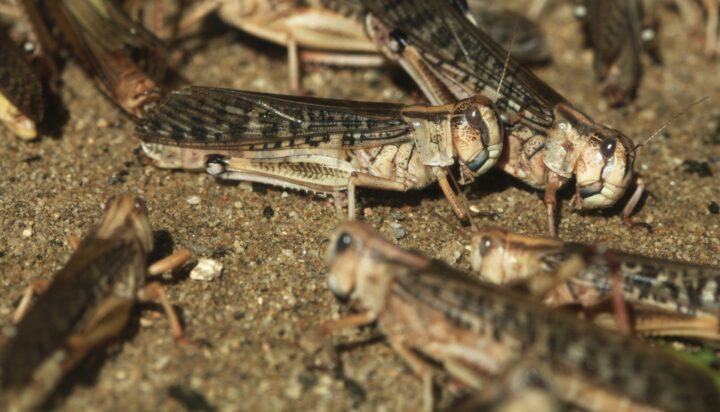Adapt Phenotype
Living systems evolve over time in response to selective pressures. Selective pressures are environmental factors that reduce the reproductive success of some individuals in a population. Genetic makeup (genotype) is one way in which living systems mitigate selective pressures, but another is adaptable phenotypes. A phenotype is an observable characteristic that can be thought of as the expression of the genotype, combined with modifications caused by the environment or developmental conditions. Individuals, populations, or ecosystems that have phenotypes capable of reducing the effects of selective pressures can survive. Some plants, for example, modify their leaf shape in response to changing environmental conditions. A single olive tree has variable leaf shapes on sunny compared to shady areas of the tree, yet the next year, those same buds may develop differently shaped leaves.
Adapt Genotype
Living systems evolve over time in response to selective pressures. Selective pressures are environmental factors that reduce the reproductive success of some individuals in a population, but not those individuals with a genotype (the genetic makeup of a living system) that reduces the effect of the selective pressure. To survive, populations and ecosystems must be genetically diverse. With diversity, changing environmental conditions are less likely to eliminate an entire population because individuals with variable genotypes flourish under different conditions. In this way, even under changing conditions over time, the entire population or ecosystem can survive.
Modify Material Characteristics
The materials found in living systems are variable, yet often made from the same basic building blocks. For example, all insect exoskeletons consist of a material called chitin. Because material resources are limited, each material within or used by a given living system must frequently serve multiple purposes. Therefore, living systems have strategies to modify materials’ softness, flexibility, and other characteristics. To ensure survival, the benefits of these modifications must outweigh the living system’s energy and material expenditure to generate them. For example, spiders store the liquid components of spider silk in a gland, converting them into silk thread when needed. Some threads have different characteristics, such as elasticity and UV reflectance, than others.
Physically Break Down Living Materials
Living materials are those that are part of living systems (whether currently or formerly alive). For example, a fallen log, although dead, is considered a living material. Breaking down or breaking up living materials is important for living systems that feed on them, as well as in facilitating the decomposition of organic matter. Breakdown increases the material’s surface area exposed to moisture, fungi, bacteria, and other living systems, many of which use enzymes and other chemicals to further break it down. But living materials can be difficult to break down because, for their own survival, their composition must provide support and protection. Therefore, living systems require mechanical means (such as grinding, tearing, or chewing) to manipulate these materials, as well as strong materials that can overcome resistance. For example, small beetles that chew through wood have large, strong jaws that enable them to cut through this tough material.
Manage Mechanical Wear
A living system is subject to mechanical wear when two parts rub against each other or when the living system comes in contact with abrasive components in its environment, such as sand or coral. Some abrasive components are a constant force, such as finger joints moving, while others occur infrequently, such as a sand storm moving across a desert. Living systems protect from mechanical wear using strategies appropriate to the level and frequency of the source, such as having abrasion-resistant surfaces, replaceable parts, or lubricants. For example, human joints like shoulders and knees move against each other all day, every day. To protect from mechanical wear, a lubricant reduces friction between the cartilage and the joint.
